Trenchard Museum at RAF Halton – A Look at Impressive Aviation History
The Trenchard Museum is a real gem. It’s somewhat of an off-the-beaten-path place. This blog post recaps our review of the Trenchard Museum at RAF Halton. We share the personal aspects of our visit and provide an overview of special exhibits related to Polish service members. We’ll also look at the history and details of this military museum in the UK and share information to help you plan your visit.
Should You Visit the Trenchard Museum?
Let’s look at who would enjoy a visit to the Trenchard Museum:
Military History Buffs: Anyone interested in military history and those who enjoy learning about the two great world wars of the 20th century will find much to appreciate by visiting here.
Polish History Fans: Anyone with family connections to the Polish contingent stationed here during WWII and who supported the Allied effort will see unique memorabilia not available elsewhere.
Family of RAF alumni: If a family member attended RAF Halton, visiting here is a great way to get an up close and personal experience to make family history come alive.
The Places Where We Go contains affiliate links and is a member of the Amazon Services LLC Associates Program. If you make a purchase using one of these Amazon links, we may receive compensation at no extra cost to you. Read our disclaimer and privacy policy for more information.
Trenchard Museum – Rated 4.5 on TripAdvisor
Why We Visited the Trenchard Museum
In our articles on Osterley House and Richmond Palace, we discussed crafting our UK itinerary to include places visited by our ancestors. In England, we planned a few stops to explore the footsteps of my dad, Bolesław Dobrucki, whose journey took him from Poland to England through Russia and the Middle East. My dad spent several of his teenage years at RAF Halton.
Knowing he attended Halton’s Royal Air Force Technical Training Academy, we came across this RAF museum in Halton only one week before our UK departure. Given the family connection, a visit to the Trenchard Museum became a must-stop on our itinerary.
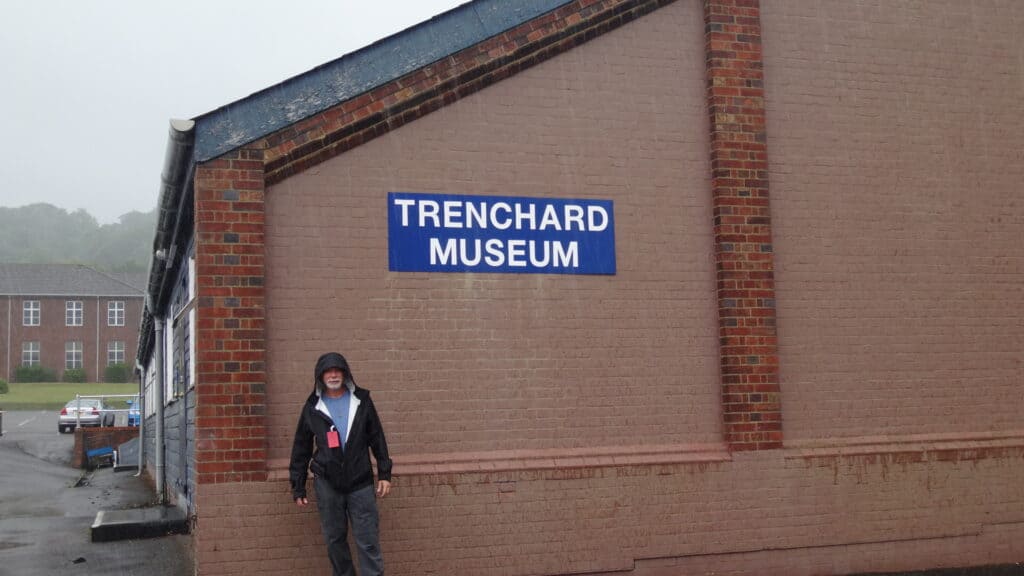
Arrange a Visit to the Trenchard Museum
When we planned our visit, the museum was only open on Tuesdays. Today, the museum website suggests that visitors schedule their arrival with a minimum of 3 working days advance notice. You can find a contact form on the museum website (linked here).
When you confirm your visit, the museum will provide full instructions regarding security at RAF Halton.
The museum does not charge admission, though donations are accepted. Car parking is available at no cost.
Getting to the Trenchard Museum
The Museum is located on the grounds of Royal Air Force Halton. You’ll find it on the B4009 road, just off the A41 between Tring and Aylesbury. It is accessible from the M25 Junction 20 (A41 North).
The museum is also accessible via rail and public transport, the method of arrival we used from London’s Marylebone Station. By rail, take the Chiltern Line to arrive at Aylesbury (Wendover). It’s a reasonably short walk from the train station to the main street, continuing to the Clock Tower. You can take the #8 bus to the base from there. An alternative bus is the Number 50 Red Rose Bus, which can get you to Halton Camp at the end of the route. Off the bus, the Guardroom at RAF Halton is a short walk from the bus stop.
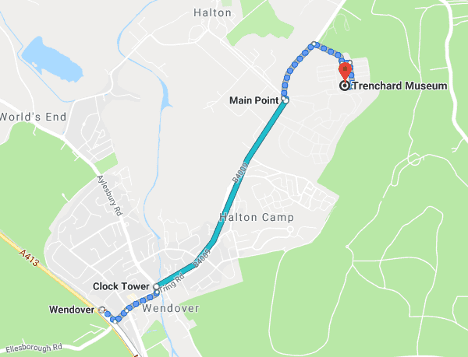
The Check-In Process at RAF Halton
Before our arrival, we did receive instructions that outlined what to expect upon arrival. We arrived at the Visitors Gate of this still active military base. At the Main Guardroom on Tring Road, we presented our passports. Visitors are required to bring a photo ID is required. The staff takes pictures of visitors and issues temporary ID passes. By 10 a.m., our escort took us to the museum.
Introduction to the Trenchard Museum
The Trenchard Museum is named after Viscount Trenchard, Marshal of the Royal Air Force and considered a Founding Father of the RAF. It was he who launched the Aircraft Apprentice program at RAF Halton. The museum is small but tells the story of the technical training arm of the Royal Air Force. A group of volunteers runs it. We were immensely thankful for their contribution towards keeping the stories from RAF Halton alive for future generations.
Established in 1999, this museum’s collection boasts three complete aircraft, two cockpits, nine aero engines, and various uniforms, tools, and models. A broad display of historic memorabilia conveys the life experiences of the trainees who lived and learned at RAF Halton.
Further enhancements include the James McCudden Flight Heritage Center. Named after the British flying ace and one of the most highly decorated pilots from World War I, this center shows visitors information about flying aircraft, aeronautical history, instruments used in flight, and even a flight simulator. Visitors can see three working Link Trainers, which helped pilots learn instrument flying. The workshop at the center has what is destined to become a full-scale replica of the Mayfly – a small biplane designed and built at Halton in 1926.
Viscount Trenchard opened the Trenchard Museum on June 26, 1999.
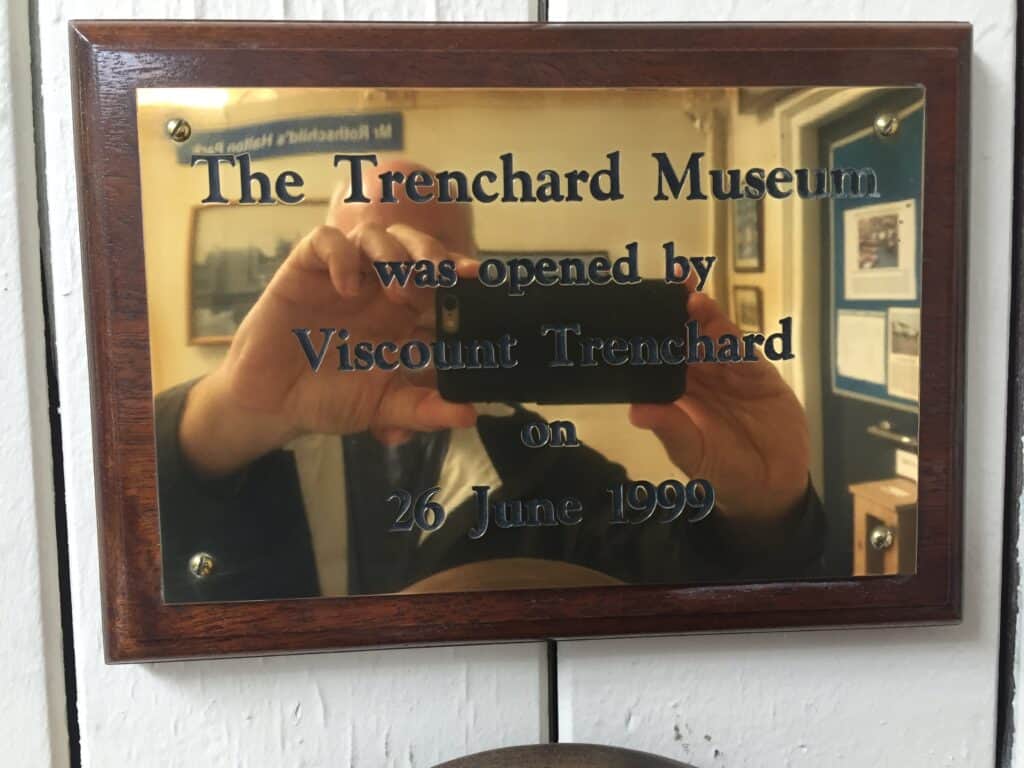
Meeting the Trenchard Museum Curator
Francis Hanford, the museum’s curator, greeted us as we walked through the doors. Soon after our arrival, he displayed a book and turned to a page with a list of names – and there, I saw my dad’s name. It listed his year of graduation and education specialty as an armory apprentice. When living in Southern California, he would call upon this skill to work in the aircraft industry in future years. We appreciated this personal touch and preparation for our visit by Francis Hanford.
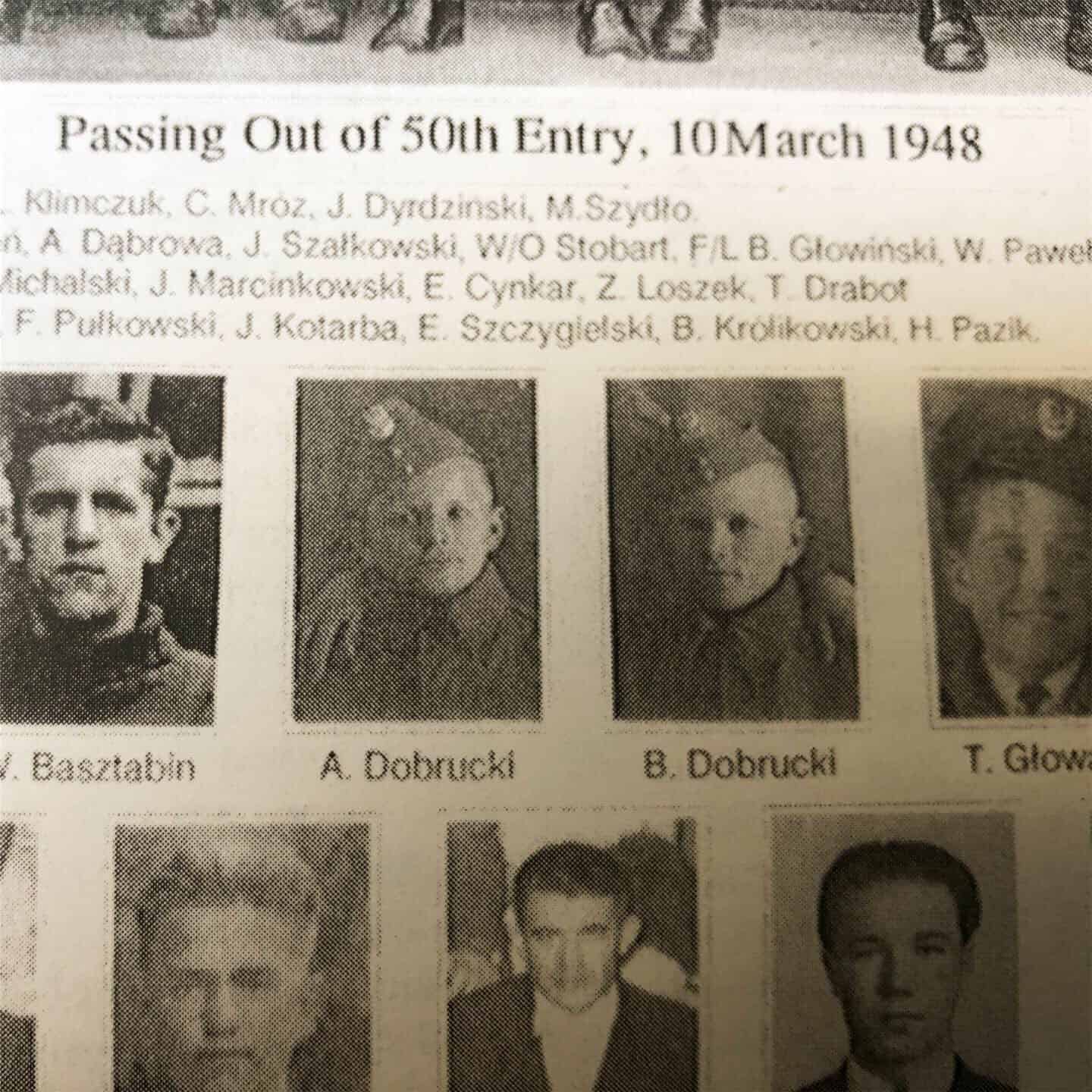
A Treasure Trove of Information
Several Trenchard Museum exhibits show a variety of training that was provided here. Visitors can sit in an aircraft cockpit and try their hands on a flight simulator. The staff at the museum are welcoming, friendly, and very knowledgeable.
My dad passed away in 1994. During his lifetime, he shared hundreds of stories of his wartime experience when I was a child. Unfortunately, many of the details have become faint to me with the passage of time.
We found a treasure trove of information at this museum. Among the details we learned here included the arrival date of the Polish cohorts, how and why they came to be at this location, and departure dates. My dad’s information was listed in these details, and I was happy to gain this important personal family information.
Polish Servicemen Honored at the Trenchard Museum
We enjoyed browsing the exhibits in this small but rich museum. Among the displays is a special area devoted to the Polish boys who served here during WWII. Of personal interest was an exhibit detailing the training undertaken by the armory apprentices. This related specifically to my dad’s training on these grounds decades ago.
Kudos to the Trenchard Museum for keeping alive the story of the not widely known Polish chapter of the story.
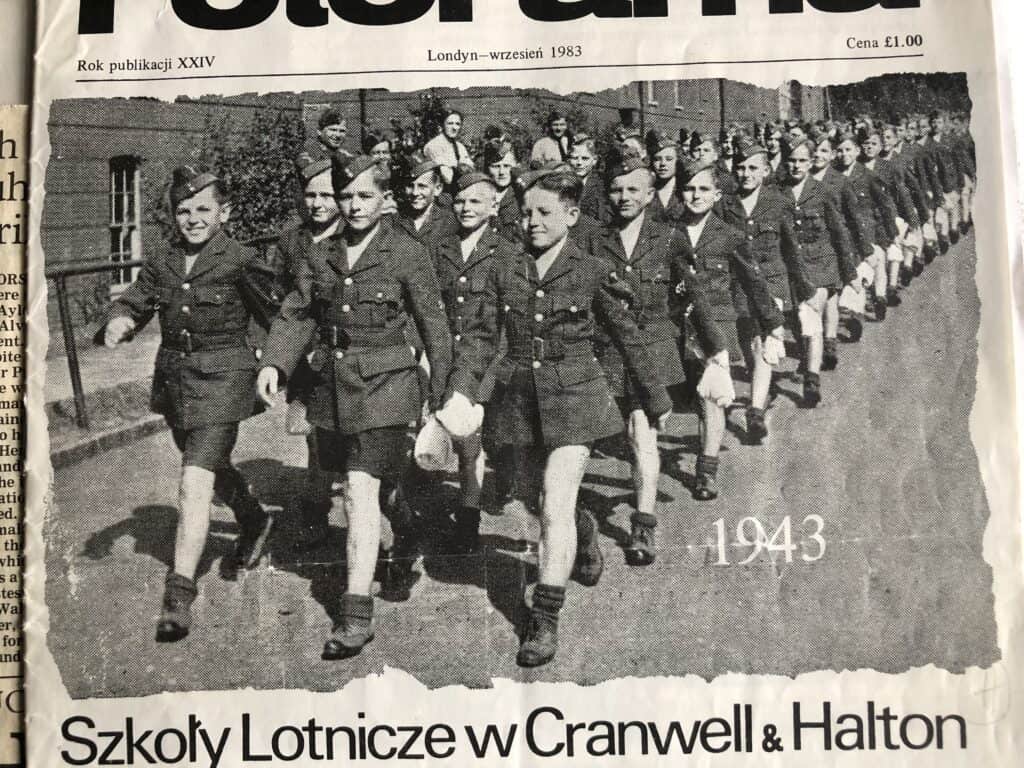
Polish Aircraft Apprentices at Royal Air Force Halton
In August 1943, 254 Polish boys were in their early teens, children of families deported to the USSR in 1940, and many now orphans arrived at Halton to begin training as Aircraft Apprentices. Theirs had been a harrowing journey. From prison camps or remote exile all over the Soviet Union, they came to freedom via Iran, Palestine, Egypt, and a troopship around the Cape to Great Britain. Still bearing the scars of their intrepid ordeal, they needed time to acclimatize to their new world before starting technical training in January 1944. Also, their ranks were bolstered in January when more Polish recruits arrived from East Africa.
In total, 136 Polish Apprentices completed their training at RAF Halton as Engine, Airframe, Armament, or Electrical Fitters and Instrument Makers, graduating in August 1947 with the 49th RAF Entry. 31 Polish Apprentices graduated with the 50th RAF Entry in February 1948.
When the Polish Resettlement Corps was formed in 1946, all Polish Apprentices became members. One hundred-two from RAF Halton joined the RAF as regular airmen and became British citizens. Sixty entered civilian life in Britain or emigrated, and only five members opted to return to communist Poland.
In the five years that Polish Apprentices were at RAF Halton, they made a unique and greatly appreciated contribution to apprentice life: no keener and more dedicated band of young men ever trained at this Station.
(The above text for “Polish Aircraft Apprentices at Royal Air Force Halton” is from a display in the Trenchard Museum.)
Vacation for the Trenchard Brats
In the 1940s, the trainees stationed at RAF Halton engaged in three terms of study. They received six weeks off during the summer. The British boys would likely return to their families during this time. However, a more complex situation arose for the Polish boys at Halton who had family in England. You can read about one story of how British families came to nurture the Polish boys in our companion article titled Walking in the Footsteps of Bolesław Dobrucki.
The Archives at RAF Halton
Standing in the museum, we overheard the conversation of several other gentlemen visiting the same day. They mentioned interest in seeing the facility archives as one of the men sought information about his father, who was here in the 1930s.
We did not know there were additional archives on site, so we asked if we could view the archives. And before you know it, we were escorted to another building that houses RAF archives.
Browsing the RAF Halton Archives
Unprepared for this part of our visit, all I could share with the archivist was my dad’s name and the fact that he was with the Polish unit that studied and served here. To my surprise, within a few minutes, he returned with a box he had taken down from a high shelf.
This box contained photos, letters, stories, and articles about the 300+ Polish boys who attended RAF Halton – including references to my dad. What a spectacular find!
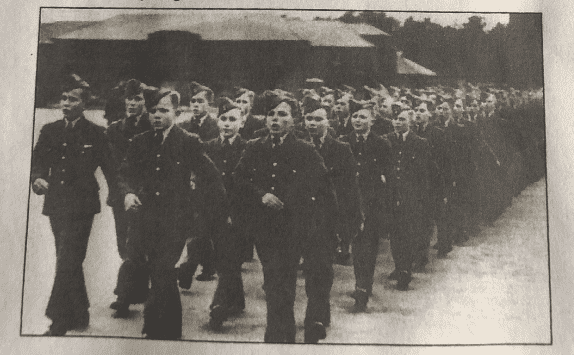
We spent the next hour snapping Trenchard Museum photos from the archives on the iPhone. We snapped pictures of anything and everything that we thought would be useful for historical reference and further review at a later date. This was a much-unanticipated treasure trove.
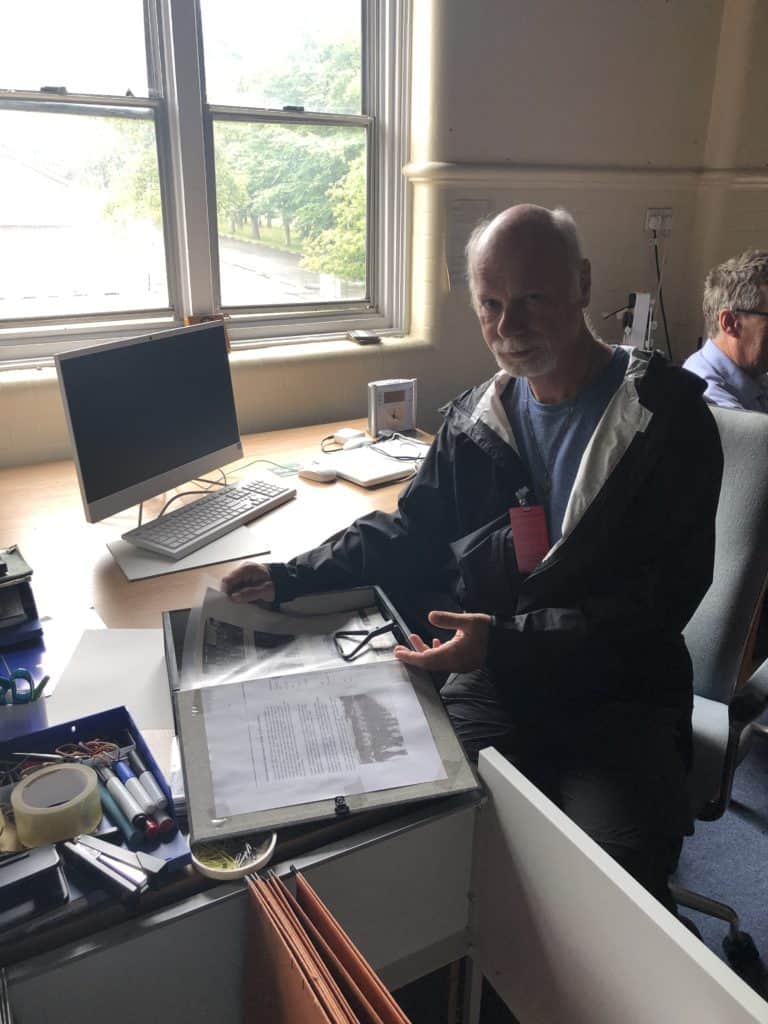
Memorial to the Polish Contingent at RAF Halton
We ended our visit by viewing a memorial on the grounds dedicated to the Polish contingent of RAF Halton. On Polish Avenue, birch trees were planted by Polish Aircraft Apprentices to express their gratitude to the British for the hospitality, care, and training they received in the RAF at Halton in 1943-1947.
A red and white Chequer denotes the place where the Polish flag was raised daily by Polish Aircraft Apprentices from 1945 to 1947. Adjacent is a tree planted to commemorate Polish Aircraft Apprentices trained at Halton 1945-1948.
Nearby, a three-story brick housing the apprentices would have stayed in is still on the premises.
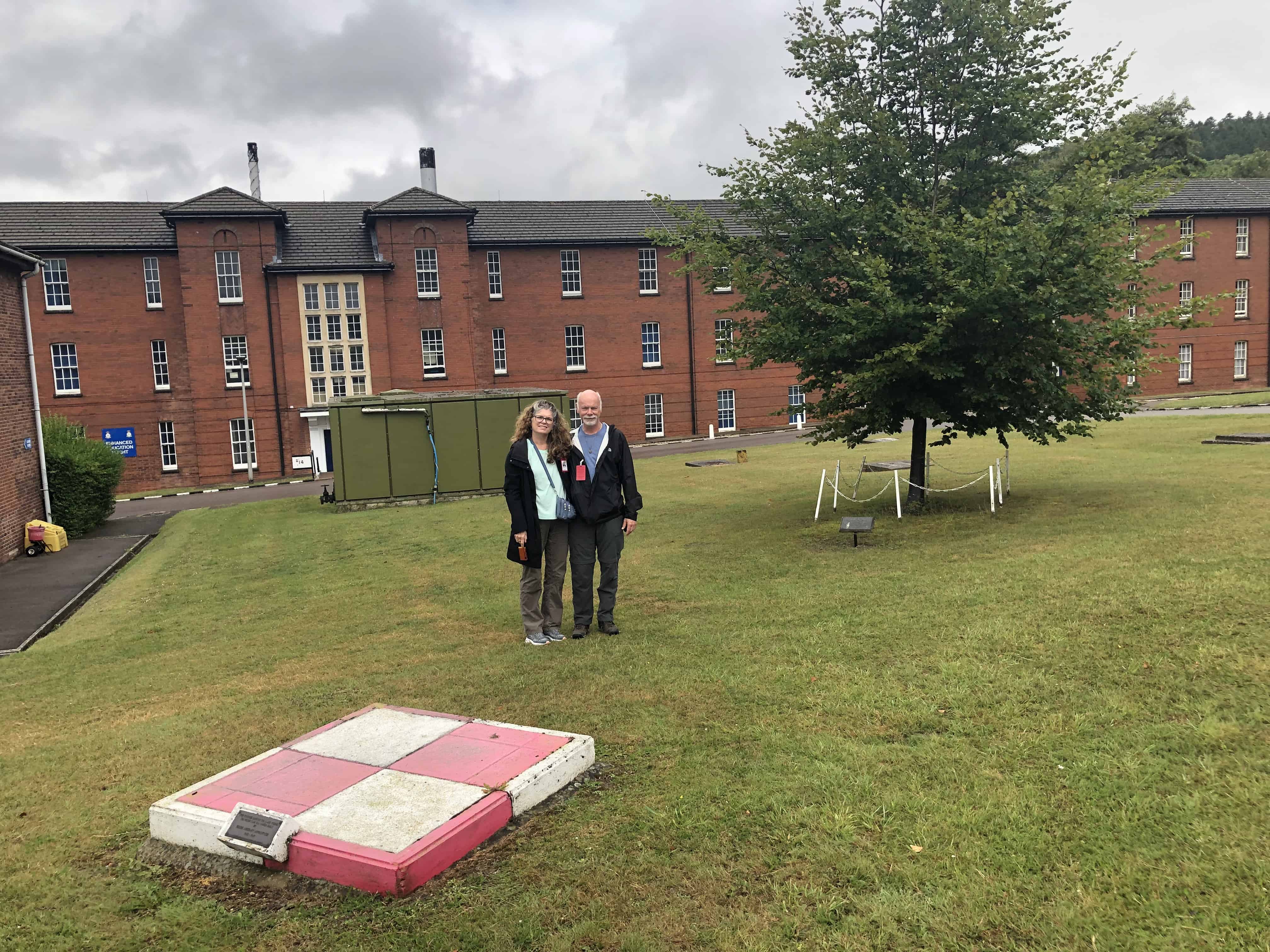
What Happened to the Polish boys at Halton after WWII?
When their training and service were completed at RAF Halton, the Polish boys had three options.
Continued service: First, they could serve five years in the Royal Air Force.
Return to Poland: Secondly, they could return to Poland. We learned that only five chose to return to their home country. After arrival in Poland, these five were imprisoned by the Soviet Communist government for “conspiring with the capitalists.”
Join civilian life: Lastly, they could choose to go into civilian life. This was the choice of my dad and many of his classmates. After Bolesław Dobrucki passed out of RAF Halton on March 10, 1948, as part of the 50th entry, he and several classmates would ultimately make a life in Southern California.
An Example of the Artifacts Displayed at the Trenchard Museum
- Armourer training examples
- Barrack’s room model
- Historic photos
- Mess kit example
- Personal items typically in possession of trainees
- Posters and communication examples
- Radios with shortwave broadcasting stations booklets
- Riveting exercise examples
- Rolls Royce aircraft engine
- Security protocols
- Tools used by trainees
- Uniforms
- …and much more
Displays at the Trenchard Museum
We enjoyed browsing the numerous items displayed at the Trenchard Museum related to the Royal Air Force. Inside, you’ll see replicas of airplane engines, aircraft, and much history related to the training and wartime efforts of those stationed here to serve country.
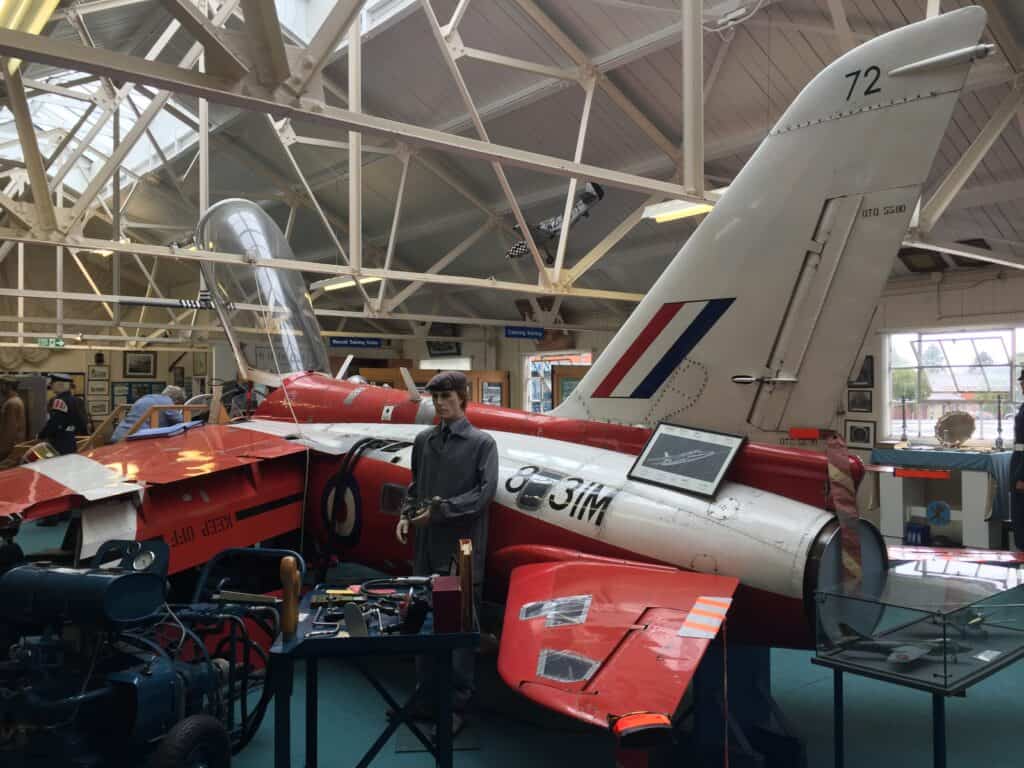
Battle of Britain Commemoration
A special area commemorates the Battle of Britain with the ex-Halton Brats Roll of Honor. The 1939-1945 star with the clasp ‘Battle of Britain’ was issued to all aircrew of the Royal Air Force, the Empire, and her allies who flew operationally between 10th July and 31st October 1940.
Of the 2,334 British pilots, 116 were Halton ex-apprentices. The thousands of ground crew who supported the battle, many of whom were killed in enemy raids, received no official recognition.
Several hundred former Halton Apprentices served on front-line squadrons as ground crew during the battle, some straight out of training. Thousands more formed the backbone of the massive engineering effort required to keep the Hurricanes and Spitfires in the air.
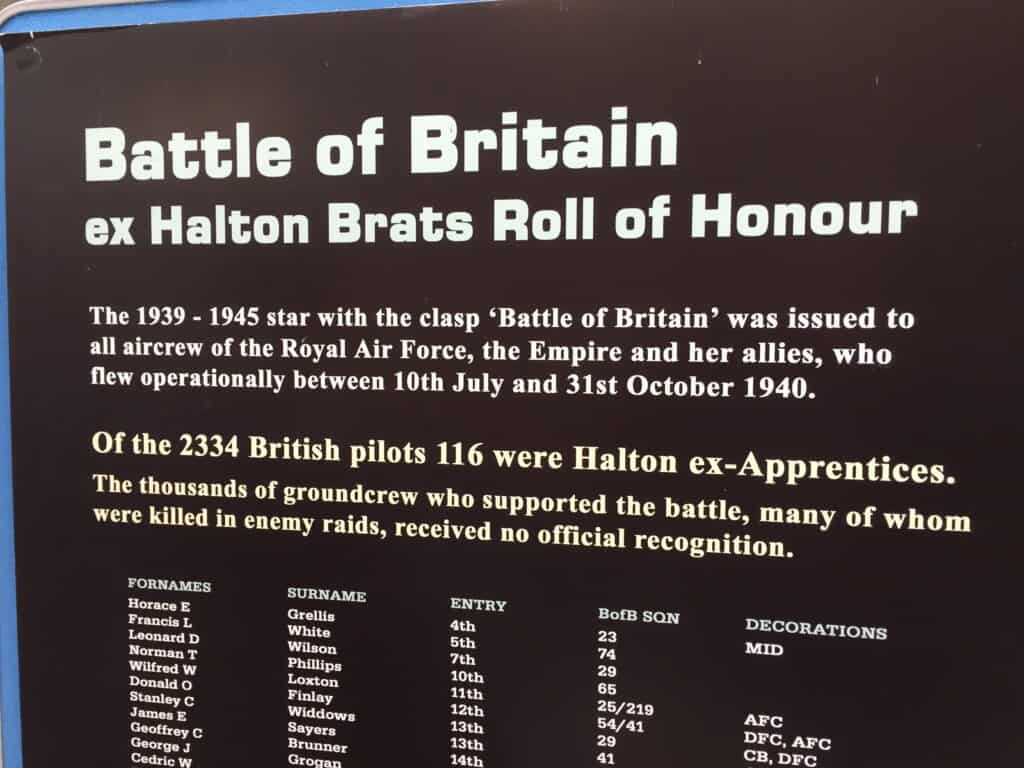
Is the Trenchard Museum Worth Visiting?
A rich history is presented at the Trenchard Museum. The exhibits explain the important contribution of all who attended and served here, including the not widely known Polish chapter of the story.
Anyone with a family connection to service members stationed at RAF Halton should visit this museum. We were told that the museum’s future was uncertain during our visit. So, if the information available at this museum interests you, a visit sooner than later is recommended.
Where to Eat Near the Trenchard Museum
We were hungry for lunch after a nearly four-hour visit to the Trenchard Museum and the archive room. We enjoyed our lunch at Rumseys Chocolaterie in Wendover and recommended this eatery. Rumseys serves excellent sandwiches, coffee, and hot chocolate. We enjoyed a chickpea sandwich served on brown bread and a roasted veggie sandwich accompanied by lattes. The food had a fantastic homemade style. Don’t leave without sampling at least one of their amazing chocolates.

More Places with Royal Air Force History
If Royal Air Force history interests you, another location to consider is the Royal Air Force Museum in London. This museum is located on the former Hendon Aerodrome. Exhibits are located within five buildings and hangars. Visitors can explore the history of aviation and the RAF.
We also recommend visiting the Battle of Britain Bunker. During our visit, the ground floor had one room dedicated to the efforts of the Polish service members during this famous battle.
A Short History of RAF Halton
From 1720, Halton (or Haulton as it was then known) belonged to the Dashwood family. 1853 it was sold to Baron Lionel Nathan de Rothchild as part of his vast estate. On his death in 1879, it passed to his son Alfred Charles, who built Halton House as it is known today. He developed the estate into a model of its kind.
In 1914, the estate was lent to the War Office to provide a training area for the Kitchener Armies. The RAF took over at the war’s end and is still at the premises.
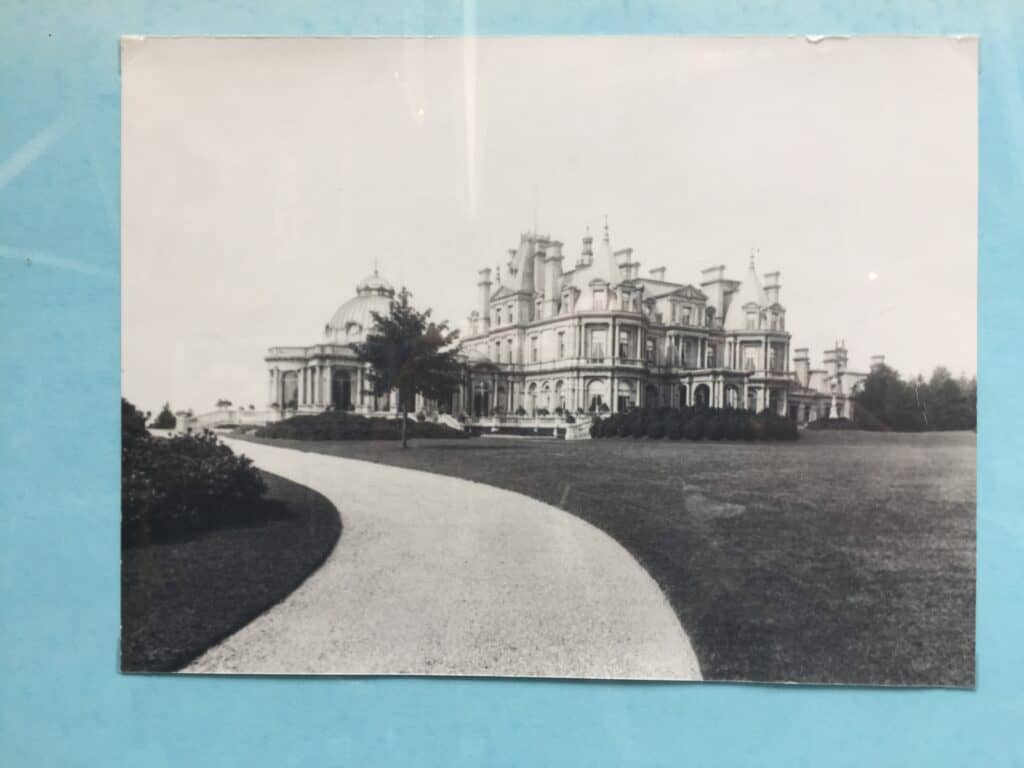
In 1914, nearly one hundred thousand volunteers were solicited to bolster the main army. Supporting this call, several landowners, including Alfred Rothchild, made their estates available as training grounds. Twelve thousand troops soon went to Halton to begin training for military duty. Structures were developed to house these men. The newly established base proved a worthy area for creating an air mechanics training center in 1917. Soon, several thousand male and female mechanics were on these grounds, as well as nearly 2,000 boys who received training from staff members.
Post WWI History at RAF Halton
After WWI, the RAF took over the property and continues to oversee it to the present day. In the ensuing years, the Air Council bought the entire property as a location for a new School of Technical Training, which was moved here from Cranwell in 1919. As the methods of war had expanded to include aircraft, the need for aircraft maintenance was becoming essential. Lord Trenchard’s Aircraft Apprentice scheme was introduced in 1920. A three-year course began to be offered here, and the name “Trenchard Brats” became synonymous with the students. Several of the school’s graduates would later rise to higher ranks among those who continued military service.
Training offered at Halton also catered to adult tradesmen who sought specialized engineering courses. Many of these attendees were integral to the WWII aircraft maintenance crews. Beyond specialized aircraft servicing training, the Princess Mary RAF Hospital and Institutes of Pathology and Tropical Medicine trained nurses and others in medical trades. Additional training was directed towards policy, catering, and secretarial services.
The Battle of Britain and RAF Halton
Of the 2,334 British pilots who engaged in this famous battle, 116 were Halton ex-apprentices. Beyond the men who flew the aircraft, groundcrews numbering in the thousands added support for this battle. Halton apprentices formed the backbone of the incredible engineering effort that kept Hurricanes and Spitfires airborne.
Many were killed in enemy raids and received no official recognition.
Top Tips for Visiting the Trenchard Museum
Make a reservation before your planned visit.
Ask if a Trenchard Museum Tour will be available during your visit.
Do plan to visit sooner than later, as it is unknown how long this museum will remain available. It’s a gem you won’t want to miss
Frequently Asked Questions – FAQ
Yes, it is possible to visit RAF Halton, but visits are usually organized through official channels and events. The base hosts various events, including air shows and open days, which allow the public to visit and learn more about the work done at the station. For specific details and to arrange a visit, contact RAF Halton directly or check their official website. Please note that unannounced visits or tours may not be permitted for security reasons. Always ensure to follow the appropriate guidelines and procedures when planning a visit to a military establishment.
For most people, 1 to 3 hours should suffice. If you are interested and can arrange a visit to the archives, plan for a more extended visit. We spent four hours visiting the Trenchard Museum.
The Trenchard Museum Address
Trenchard Museum
Royal Air Force Halton UK
Aylesbury, Buckinghamshire, HP22 5PG
Tel: +44 (0) 1296 656841
Books Related to the History Presented at the Trenchard Museum
| Product Image | Product Name / Primary Rating / Price | Primary Button |
|---|---|---|
Additional Learning Resources
Old Haltonians
RAF Apprentices
Milton Keynes Aviation Society
History of the Polish Aircraft Apprentices at RAF Stations Halton and Cranwell. Addendum in English to the book “Młodociani lotnicy” – Translated and edited by Stefan A. Petrusewicz – This book is out of print and difficult to find. Still, now and then, a copy shows up on eBay. It is perhaps the best overview of the young Polish contingent who served at RAF Halton during WWII.
RAF Halton in the Movies
How about some fun facts and movie trivia? Several movies were filmed on the grounds of RAF Halton. Here is a list of a few:
- An Ideal Husband
- Bride and Prejudice
- Death Defying Acts
- Flyboys 2006
- Foyle’s War 2002-2015
- The Wrong Sea 2005
- What a girl wants 2003
- Wonder Woman 2017
RAF History Sources Cited In This Post
Among the sources we used for this post is historical information we photographed on displays at the Trenchard Museum. We hope sharing this history provides a way to remember the important story preserved by this museum, especially for people unable to make a personal journey to Wendover, England.
More Things to do in Wendover
Visit Wendover Woods – this special place offers beautiful forest trails from which you can see spectacular views. You’ll find ancient monuments and miles of walking, running, and cycling trails. The grounds also offer a café in an idyllic setting.
Top Places to Stay Near Wendover
Red Lion Wendover – Situated in a national park, this hotel is 6 mi (10 km) from Roald Dahl Museum and Story Centre, Natural History Museum at Tring, and Buckinghamshire County Museum. Tring Local History Museum and Chartridge Park Golf Club are also within 6 mi (10 km). Aylesbury Wendover Station is 5 minutes by foot.
Hale House – Hale House is located in Aylesbury. Hughenden Manor and Milton’s Cottage are local landmarks, and the area’s natural beauty can be seen at Chiltern Hills and College Lake Nature Reserve. Breakfast is included.
Related Places to Visit
Listen to our Podcast Describing This Visit
On episode 19, Julie & Art visit the Trenchard Museum RAF Halton near Wendover England. A link to listen to the episode is provided below:
Thanks for reading this post. We hope it inspires you to visit the Trenchard Museum!
Julie & Art
#trenchardmuseum
Pin It For Later!
Follow Us – The Places Where We Go
Podcast: The Places Where We Go Podcast is released every other week in your favorite podcast app along as well as on our website at www.theplaceswherewego.com
Instagram: https://www.instagram.com/theplaceswherewego
Twitter: https://twitter.com/theplaceswhere1
Email: Write to us at comments@theplaceswherewego.com
Buy Us A Coffee: buymeacoffee.com/tpwwg
We’ll see you at the places where we go.
Julie & Art

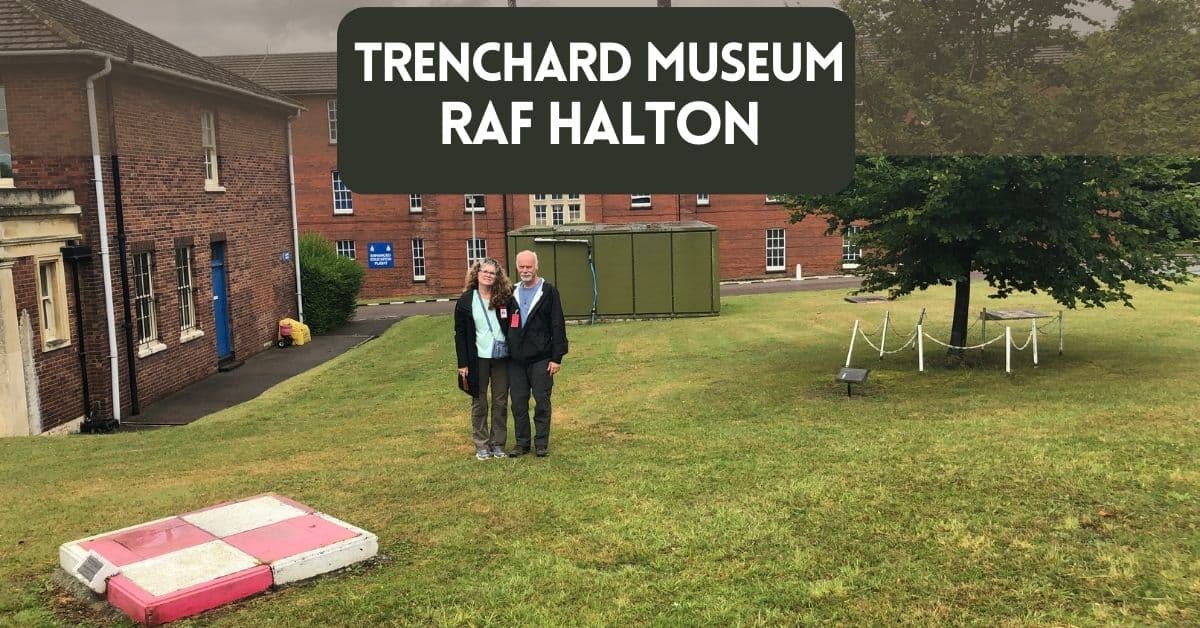
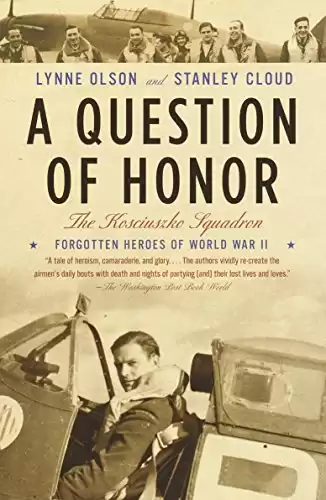
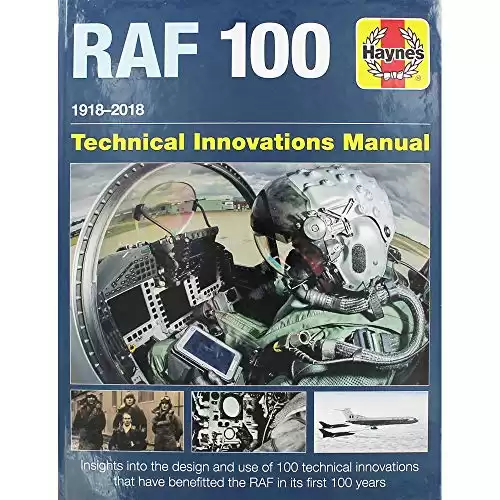
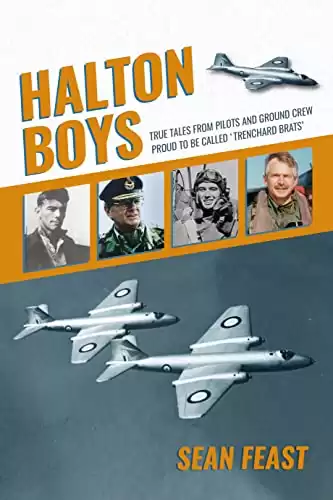
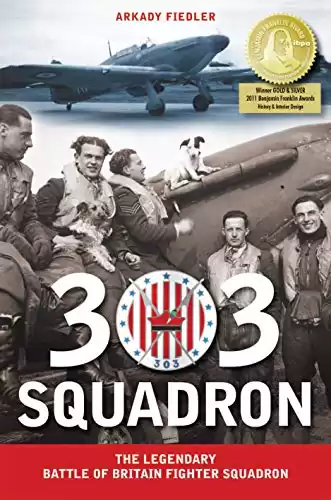
Thanks very nice blog!
my homepage; 51.la